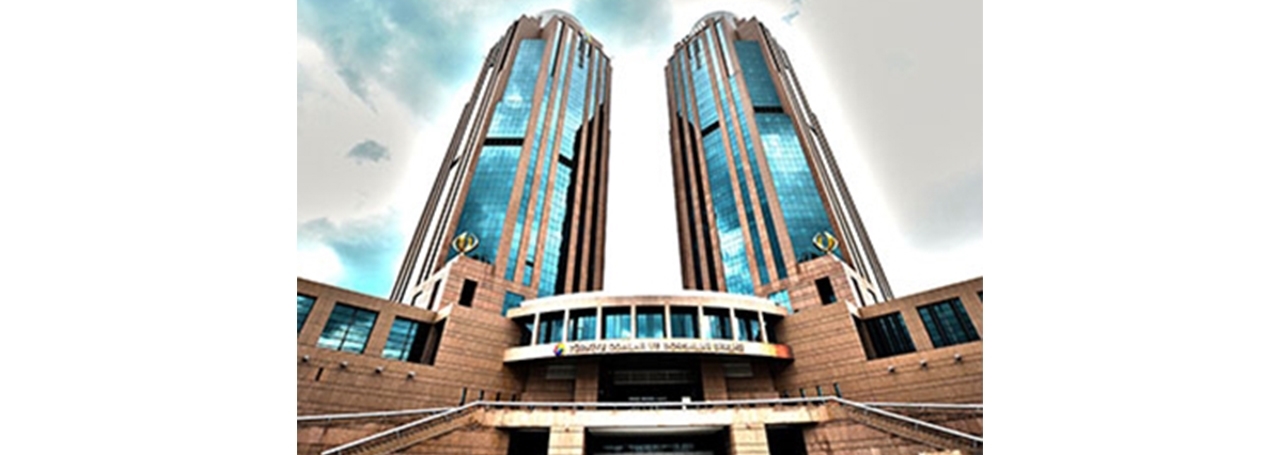
TOBB Twin Towers, which belong to the Union of Chambers and Commodity Exchanges of Turkey, consist of two 140-meter-high blocks with 34 floors and a multi-floor complex located right next to the towers on the Eskişehir Road in Ankara. As one of the largest buildings in Turkey, the TOBB Twin Towers stand out as one of the structures where the requirements for safety of life and property are required to be fulfilled at the highest level in terms of both their technological level and human density.
The Fire Alarm System of the TOBB Twin Towers was designed and installed by EEC. In this project, EEC used the Edwards EST3 control panels and the Signature Series detection products developed by its partner UTC Security Company.
The Signature Series is a high-quality product family consisting of microprocessor-controlled and algorithm-based detectors and auxiliary field components, combining very high false-alarm immunity with quick alarm capability. The product includes detection components with the ability to make decisions with fire algorithms obtained after long test processes, and has unique survival characteristics. The EST3 control panels can easily fulfill the complex fire response strategies and integration requirements with their software that have powerful networking characteristics and flexible programming capabilities.
The fire alarm system, which had been previously installed at the TOBB Twin Towers and which were completely out of order, was completely replaced by using the existing cable infrastructure, and new sections were added to this renovated system. EEC, which has tested the superior Signature communication technology that can operate with almost any type of cable in many similar projects previously, offered, guaranteed and undertook the retrofit application for the TOBB Twin Towers without any hesitation, and ensured significant cable installation cost savings. The result is completely successful and satisfactory.
In the system, 11 EST3 Range Network Fire Alarm Panels (with 88 loops, capacity of 22.000 addresses) operate as a network, and the system is monitored and controlled through the FireWorks Fire Alarm Computer and Graphic Monitoring Software available in the communication hub. There are some 10.000 addressable devices in the system, including up to 6000 detectors and some 4000 monitoring/control modules.
The UTC Edwards Signature Series is a high-quality system that represents the most advanced phases of fire and security technologies, capable of executing all foreseen and foreseeable emergency operations, in the most convenient way for the TOBB Twin Towers. The main properties and functionalities provided by this system can be summarized as follows:
Relationships with Other Systems and Advanced Integration
The fire detection and alarm system in the TOBB Twin Towers operates in integration with the other mechanical and electromechanical systems according to the emergency response strategy and scenarios. The system, which transmits the information about all addressable devices and the system to the higher automation system at a point level through a communication protocol, takes all control in case of a fire and gets ahead of other systems.
Emergency smoke control integration is executed with the control of air handling units, fire dampers, smoke removal fans and stairwell pressurization fans, which are part of the ventilation system, and the smoke in the fire area is removed from the building without spreading to the other safe areas. Also, the control of the stairwell pressurization fans, which were installed to keep the stairs with escape routes clean in terms of smoke, is executed to ensure the safe evacuation of people.
The status of the flow switches, line shut-off valves and pumps in the Water Extinguishing System is continuously monitored with the Signature Series single-duct monitoring modules, while inspecting whether the system is smooth and ready to operate before a real fire occurs, the operation of the water extinguishing system in case of fire is monitored.